Renal Molecular Biology Laboratory
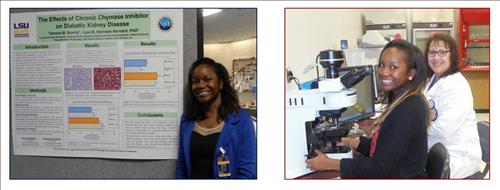
Tamara Morris, Louisiana State University, NSF Research Experiences for
Undergraduates (REU) from Underrepresented Minorities in Basic Sciences
2015 Summer Research Internship Program
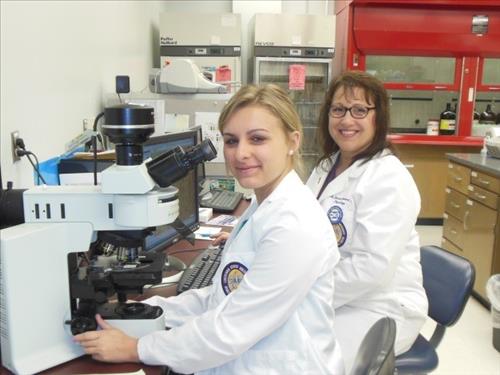
Casey Burlette, Belle Chasse High School Graduate, LSUHSC - Office of Community &
Minority Health Education
2015 Summer Science Program
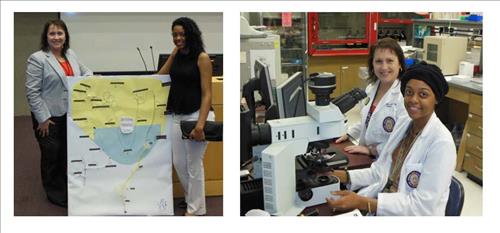
Gabrielle M. Stark, Warren Easton High School Student, LSUHSC -
Office of Community & Minority Health Education 2014 Summer Science Program
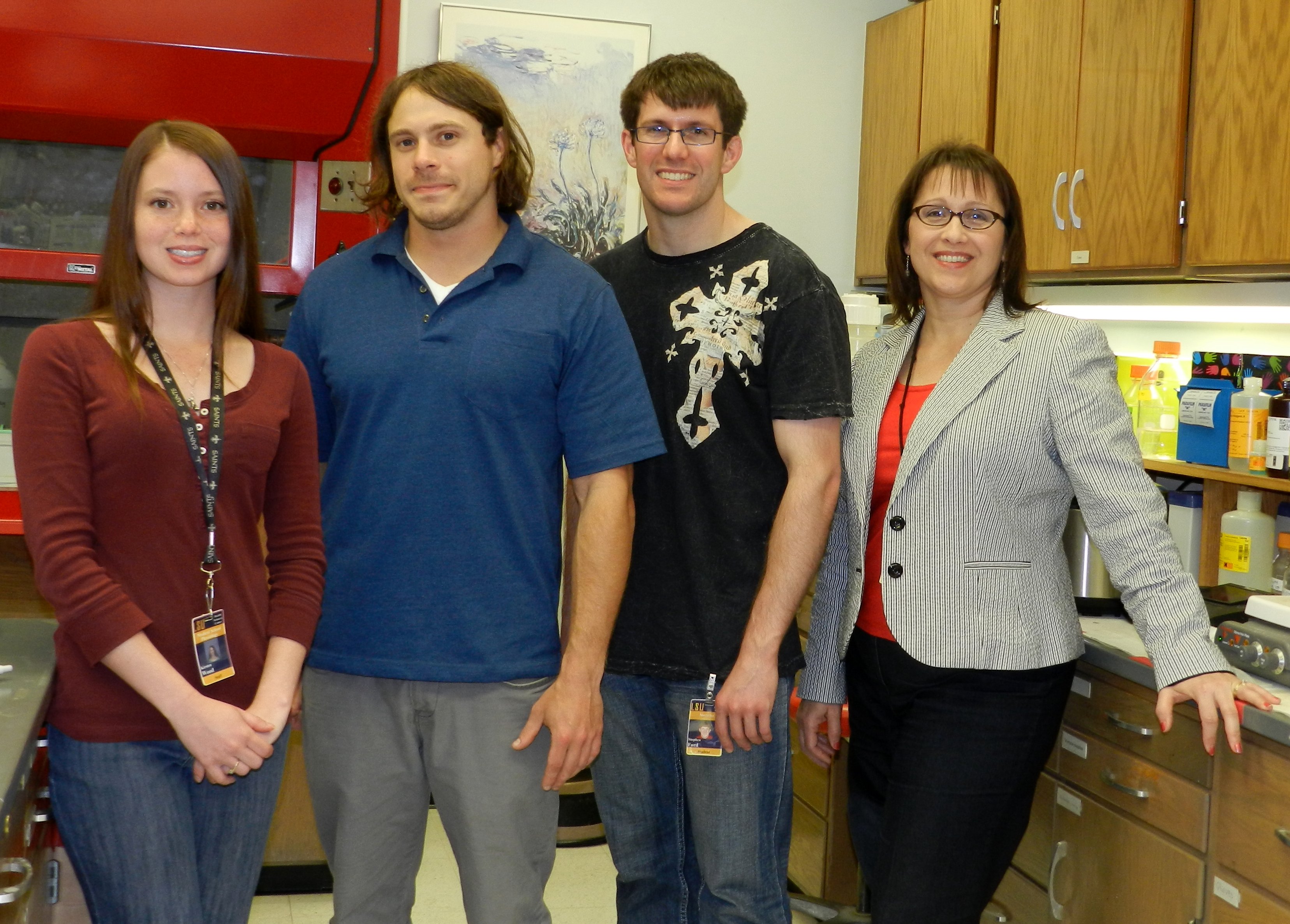
Kirsten A. Wood (2013 American Physiological Society Summer Undergraduate Research Fellow), Paul M. Berner (Research Associate), Stephen M. Ford, Jr (MD/PhD Student) and Lisa M Harrison-Bernard, PhD
Arteriole response to 10 nM Angiotensin II
Angiotensin II has direct effects on renal vascular smooth muscle cells causing vasoconstriction
of both the afferent and efferent arterioles which results in reduced renal blood
flow. The movie illustrates the efferent arteriole response to 10 nM angiotensin II.
This movie was prepared from research conducted in my laboratory using the mouse in vitro blood perfused juxtamedullary nephron technique. This experimental tool allows for
the real time analysis of direct measurements of renal arteriolar diameter during
bath application of angiotensin II in the isolated perfused mouse kidney. The efferent
arteriole diameter measures 20.0 microns under baseline conditions. Angiotensin II
(10 nM) was applied to the surface of the kidney at the 15 min time point. The efferent
arteriole diameter measures 8.0 microns at the peak contraction to angiotensin II
which occurred 30 seconds after application of the peptide. This rapid and potent
vasoconstriction represents a 60% reduction in vessel diameter. At the 15:30 time
point, the arteriole has narrowed to the point that single red blood cells can be
seen traveling within the vessel. During the steady state contraction to angiotensin
II, the efferent arteriole diameter was reduced by 30% of the control diameter. Upon
removal of the peptide from the bath, the efferent arteriole diameter returned to
the baseline diameter of 20 microns.
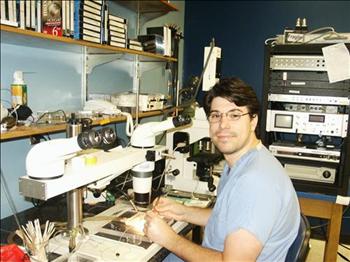
Benjamin J. Bivona, BS, Research Associate II
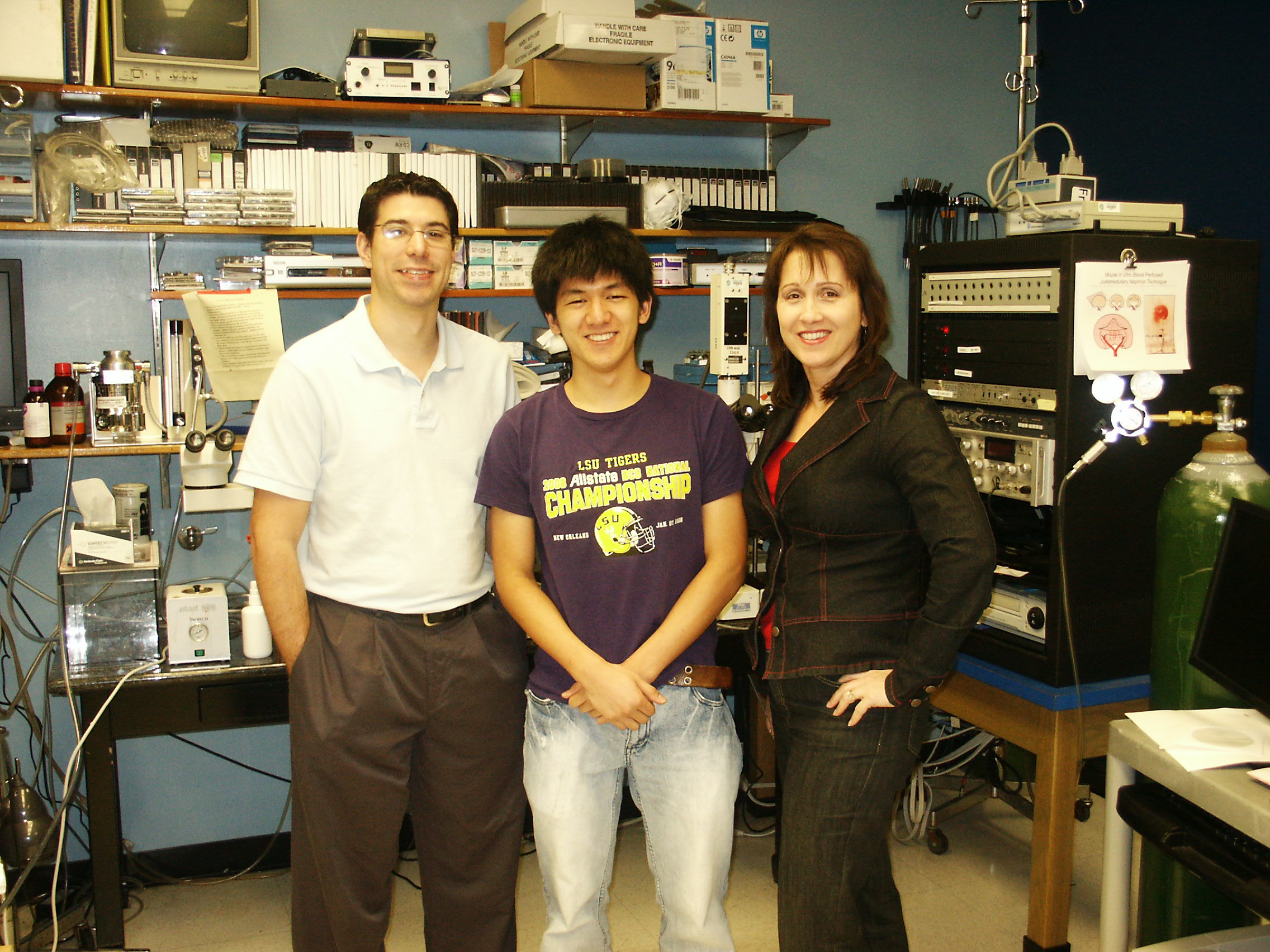
Mouse Physiological and Renal Microcirculation Laboratory:
Benjamin Bivona (Research Associate II),
Sen Xu (2010 American Physiological Society Summer Undergraduate Research Fellow),
and Lisa M Harrison-Bernard, PhD
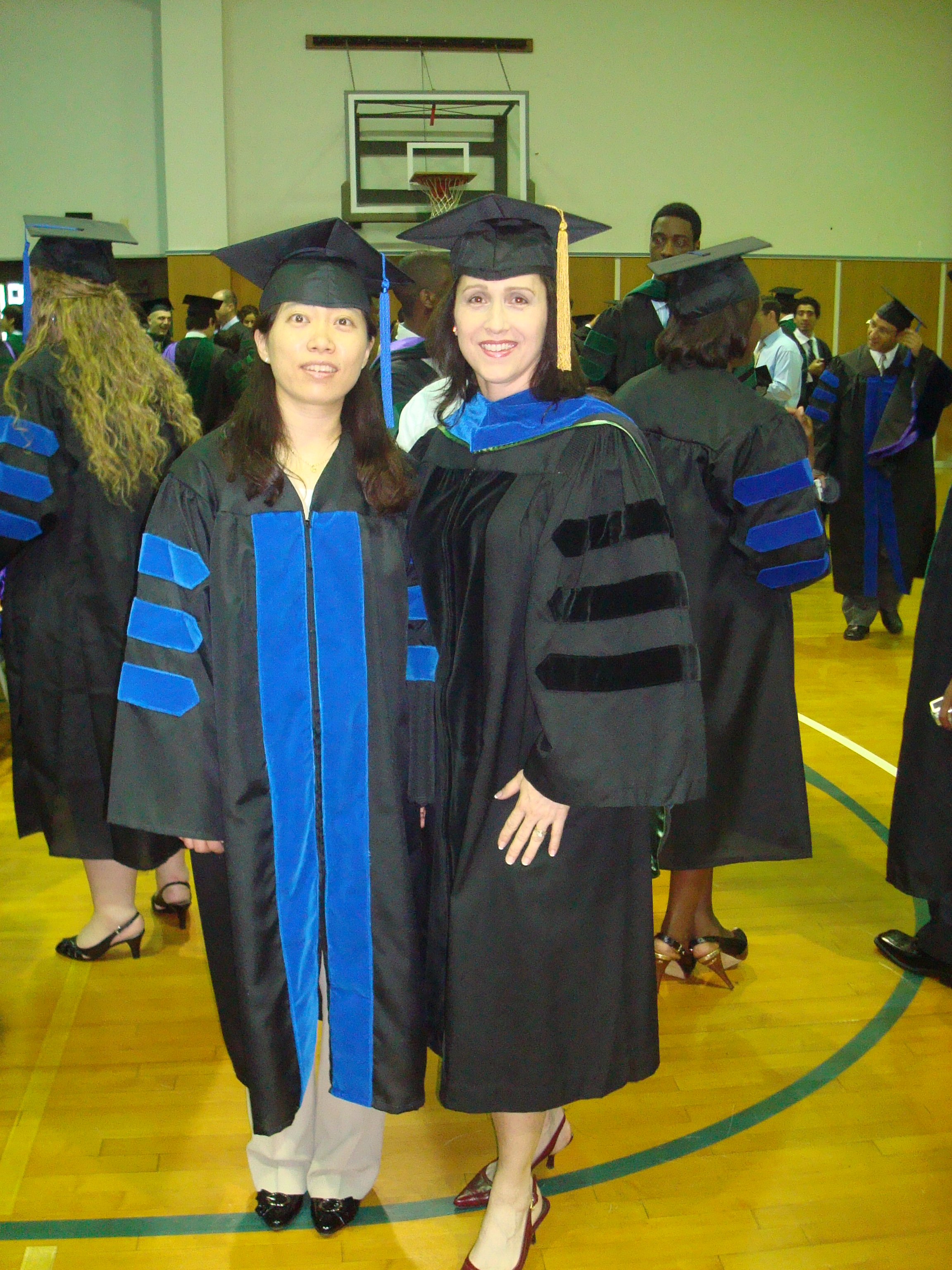
Graduation May 2009: Sungmi Park, PhD and Lisa M Harrison-Bernard, PhD
